Despite being gigantic, trees can be surprisingly difficult to identify. While tree identification might be easier than grass identification, it’s no walk in the park (…although that might be a good place to practice).
Let’s start with the basics. If you already can tell a maple from an oak, you might find this article a bit too introductory. But if you can’t tell a cedar from a chestnut, this article is for you.
Tree Identification 101: What Counts as a Tree?
Unlike other groups in biology like whales or palms, trees aren’t all related in the same way. The term “tree” can be defined in several different ways. Generally, it means a tall, woody plant with a single stalk and supporting branches.
Different definitions may or may not include things like banana plants, bamboo, tree ferns, and palms.
Trees have evolved several different times, meaning there’s a huge variety in this group. Generally, trees are separated from shrubs on the basis of height and number of stems. Shrubs generally have several stem, whereas trees should have a single stalk.
Now that you’re sure that you’re looking at a tree, it’s time to narrow down things a bit further.
Evergreen or Deciduous? The Two Main Types of Trees
Trees are broadly divided into two main types that are important for identifying them. Evergreen trees have leaves that last all year long, while deciduous trees lose their leaves periodically. Deciduous trees go dormant for a period of the year while they’re leafless.
Most conifers (trees with needles) are evergreen. In general, then, if you find a tree with needles it’s evergreen. If you find a tree with “leafy” leaves or without leaves for part of the year, it’s deciduous.
In the tropics, deciduous trees will drop their leaves during periods of drought. This means that they may drop their leaves intermittently rather than on an annual schedule, and just some trees may drop at a given time.
There are some exceptions to these rules. The tamarac is both deciduous and coniferous – it has needles, but it drops them in the fall. If you looked at a tamarac in January, you might not realize that it actually has needles in the summer!
Evergreen trees include:
- Pines
- Spruces
- Cedars
- Hemlocks
Deciduous trees include:
- Oaks
- Maples
- Beeches
- Birches
- Elms
- Aspens
Once you know whether a tree is evergreen or deciduous, you can start narrowing down the options for what it actually is.
Narrow Down by Location
It’s impossible to cover every single species of tree in the world in this article. If you’re trying to identify a given tree, knowing where you are is an incredibly important next step.
For example, it’s much easier to identify “evergreens of Wisconsin” or “deciduous trees of Spain” than just sifting through all of the evergreens in the world.
Go a bit beyond just geographic location for better results. Are you on a mountain? In a prairie? Near a river? The micro-ecosystem around you can give important clues to what you’re looking at.
For example, there are a lot of evergreen trees native to Colorado. Knowing your elevation is one of the best ways to narrow down whether you’re looking at a ponderosa pine or a piñon pine.
Before you even bother looking closely at the tree, take note of:
- Your geographic location.
- The elevation.
- The surrounding trees (dense forest, sparse forest, prairie or grassland, etc).
- The moisture of the soil.
- Any nearby water or other large features.
Take Note of the Tree’s Characteristics
Finally, it’s time to take a hard look at the tree itself. If you don’t have a guidebook, key, or plant identification app with you, that’s OK. Between the location and some basic traits, you often can identify a tree later on.
- Leaves
- Are the leaves arranged in groupings? If so, what are the groupings like?
- How big are the leaves?
- What shape are the leaves?
- What are the edges of the leaves like?
- What color are the leaves? Try to be more specific than just “green.”
- What are the veins of the leaves like?
- Bark
- What color is the bark? Be more specific than just “brown.”
- Is the bark smooth or rough?
- How deep are the cracks in the bark?
- What direction do the cracks run?
- Is the bark flakey?
- Does the bark have a scent to it?
- Is there visible sap?
- Size and shape
- Roughly how tall is the tree? Keep in mind you might be looking at a young tree or a tree that’s struggling to reach its full potential.
- Take a step back. How would you describe the shape of the branching on the tree?
- Are the branches regular in spacing and direction? Do they grow straight out or curve at all?
- Flowers, cones, and other reproductive parts
- If there are any cones, flowers, nuts, seeds, or other odd growths, take note of their size, shape, color, and consistency.
If you’ve got your phone or a camera with you, take photos of the tree. Well-lit photos of leaves and bark are especially helpful for identifying trees.
Finding the Species: Tree Identification Complete
Finally, it’s time to crack open a guidebook, plant identification app, or key. Unfortunately, we can’t cover all of the plants of the world here to help you out.
But with a combination of a few basic traits and your newfound observational skills, you shouldn’t have much trouble narrowing down your mystery tree to just a few options. If you’re really stuck, be sure to test out the PlantSnap app. If the app can’t identify the tree, we even have experts to help out!










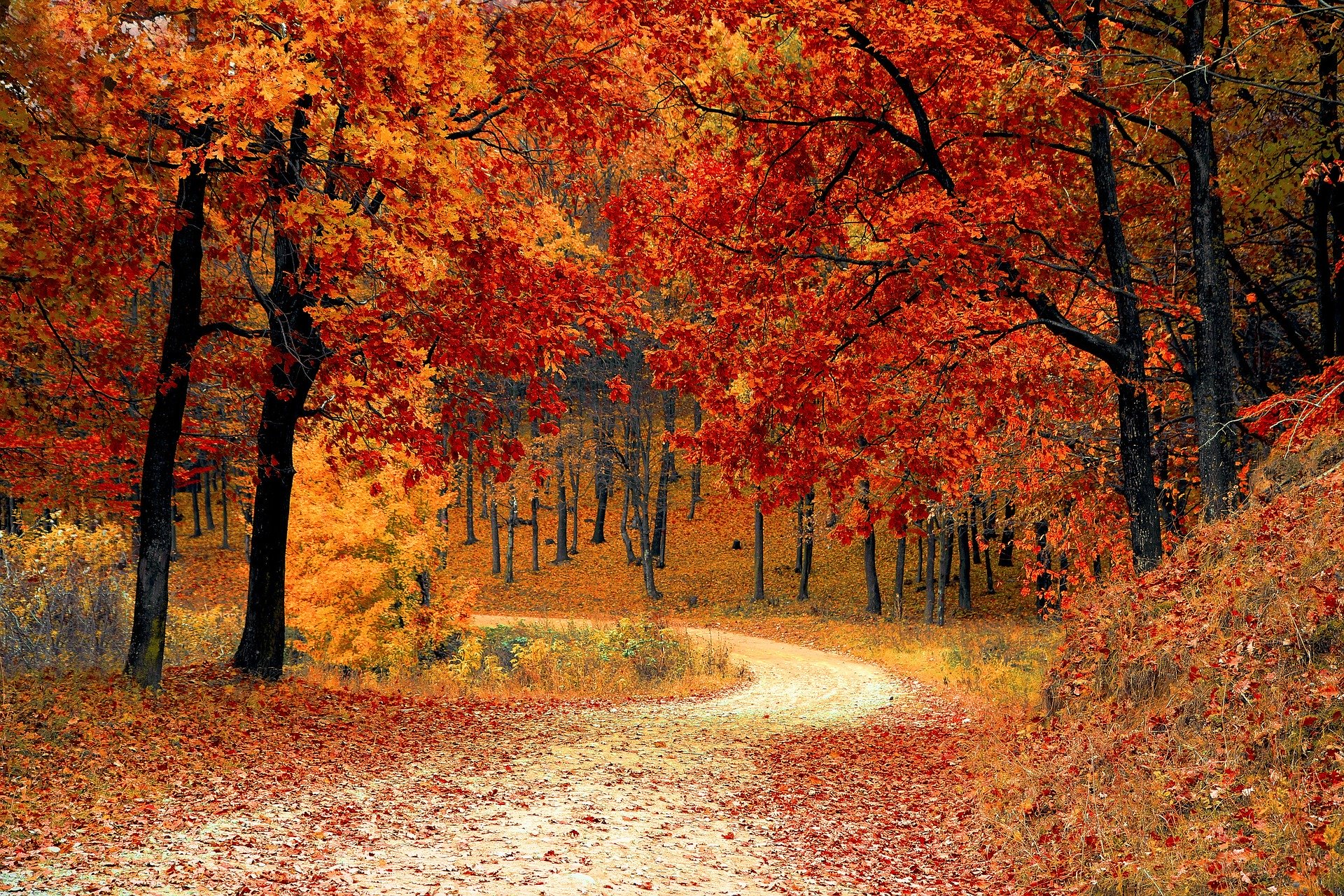
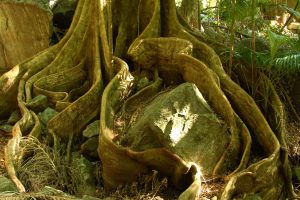

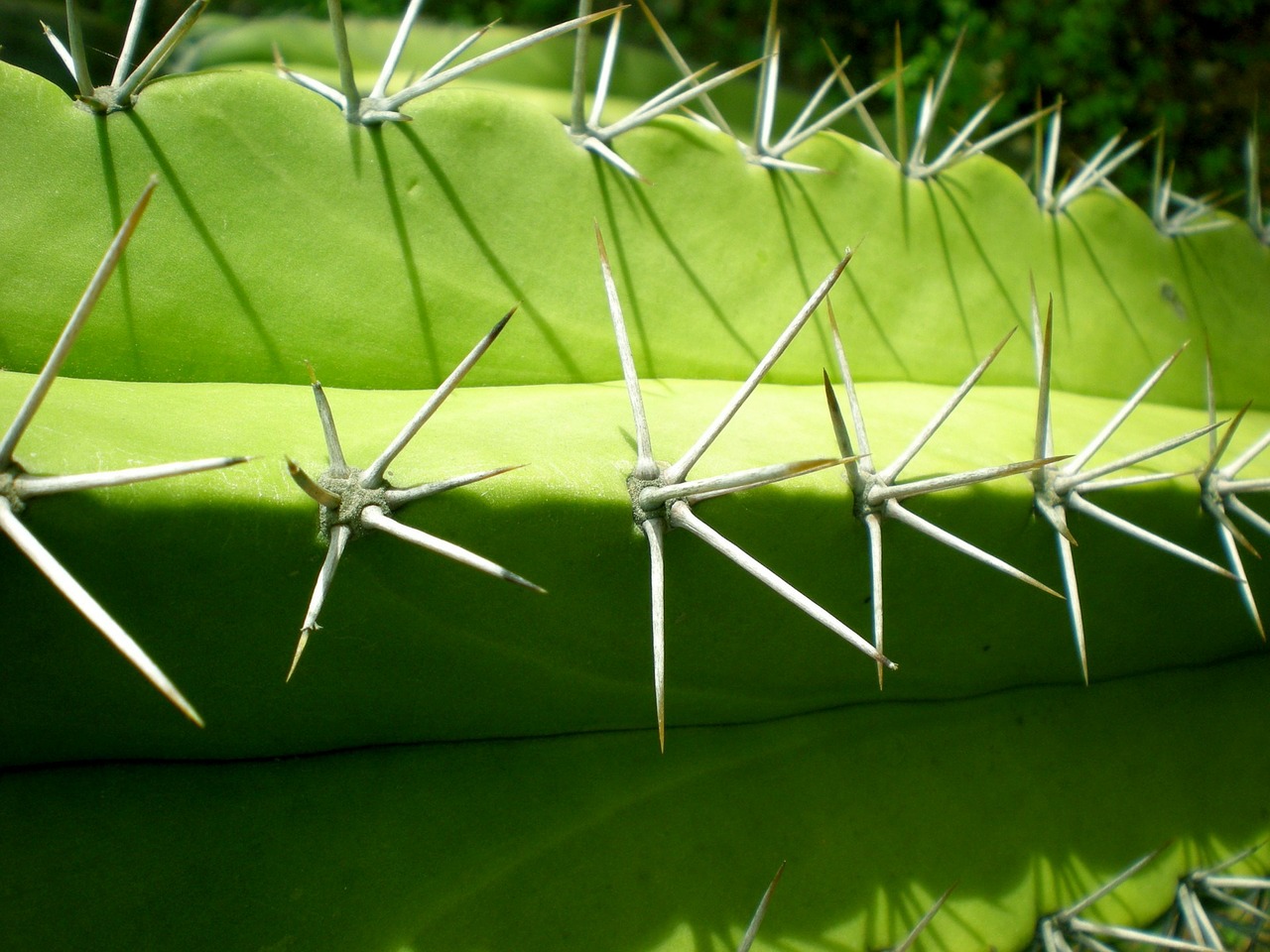
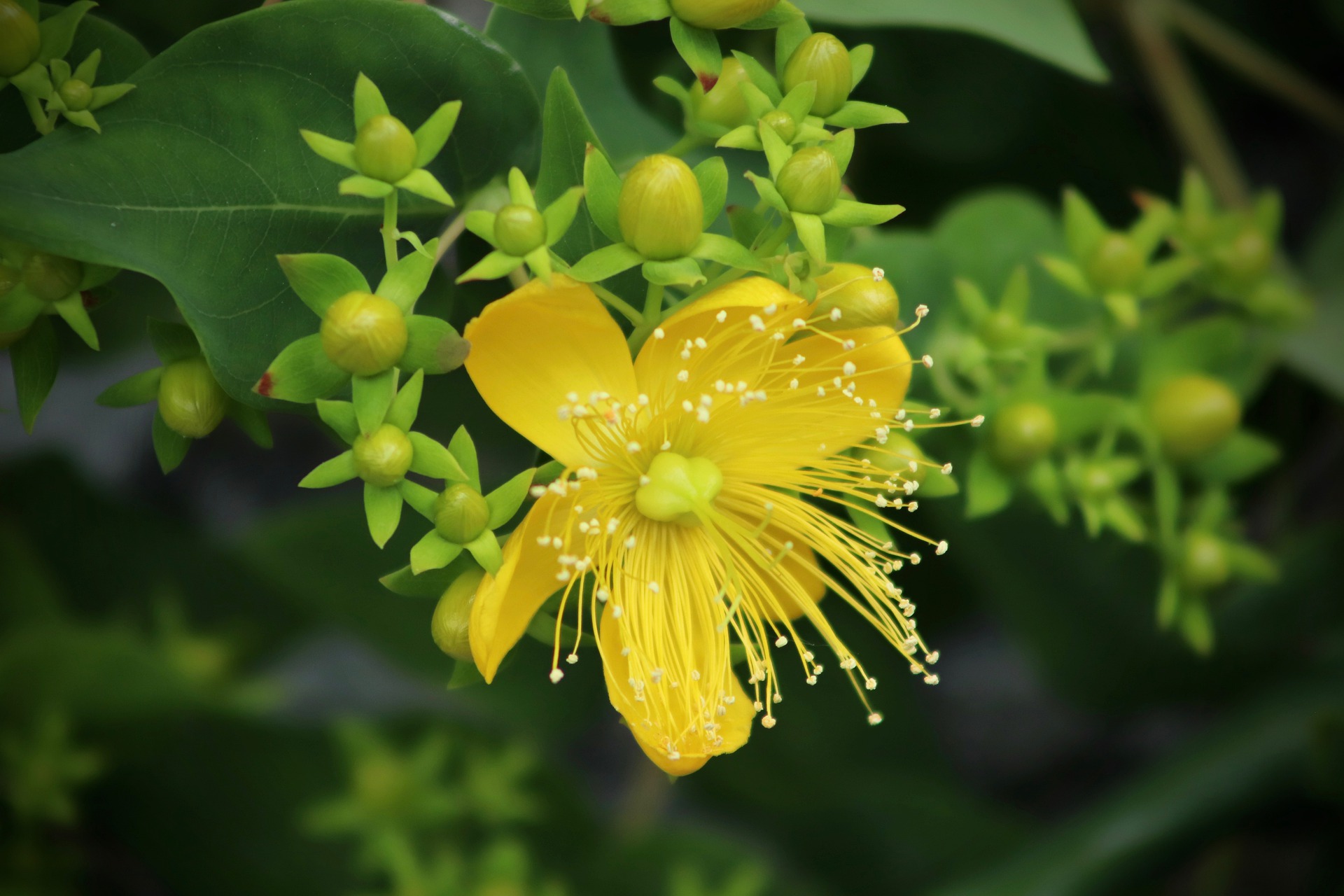
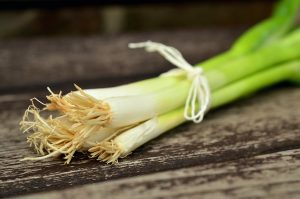
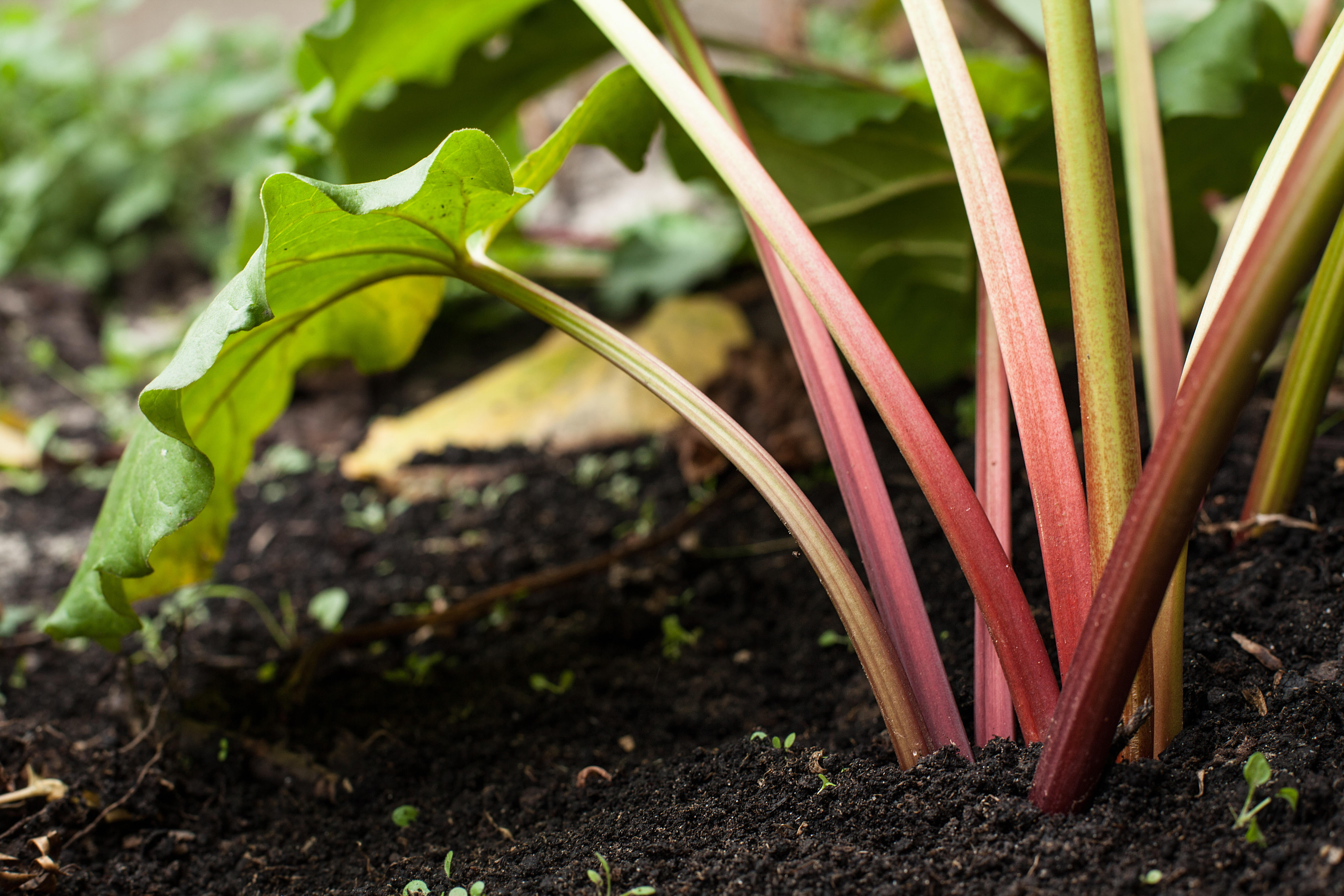



0 Comments